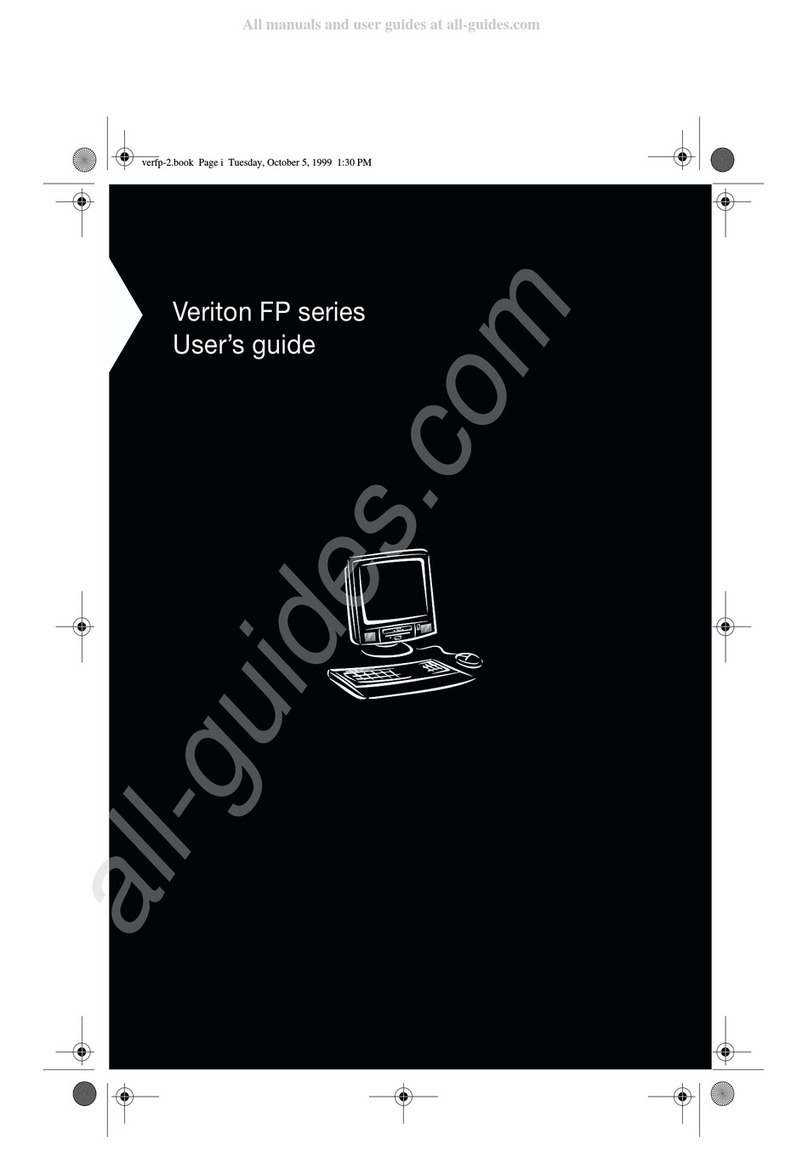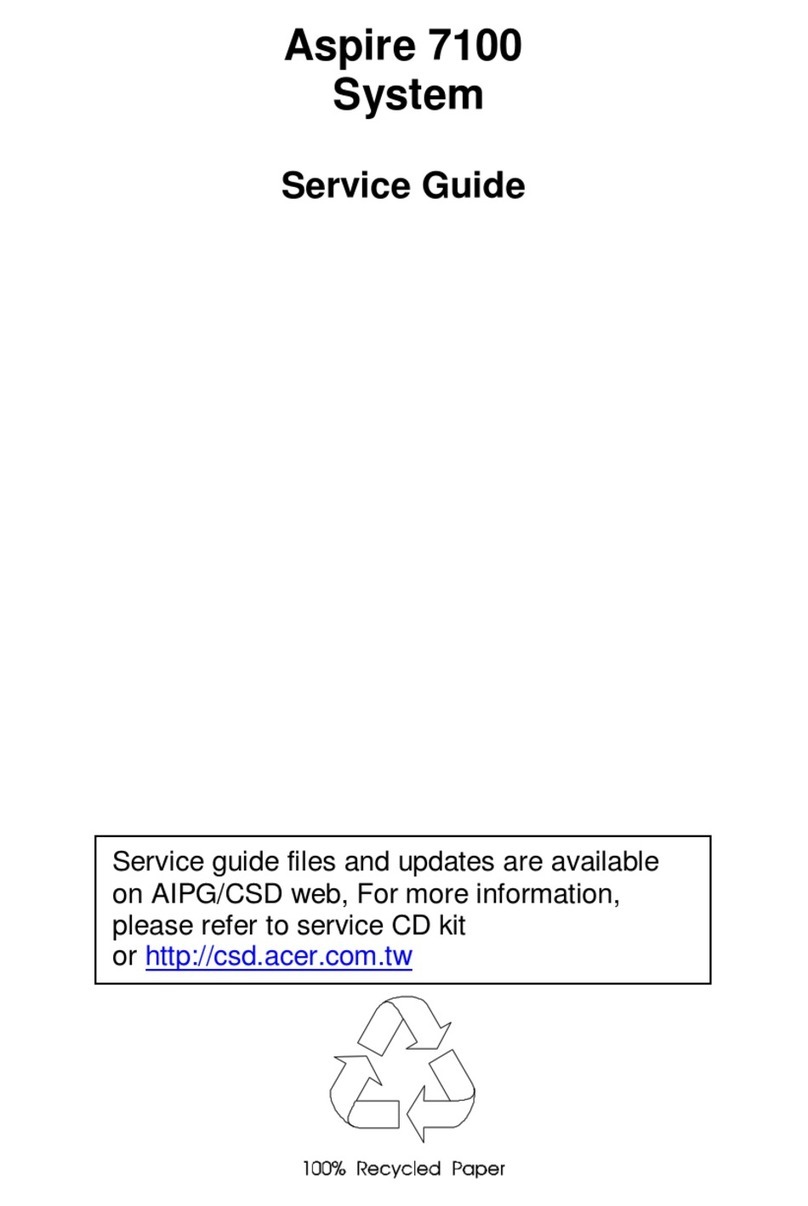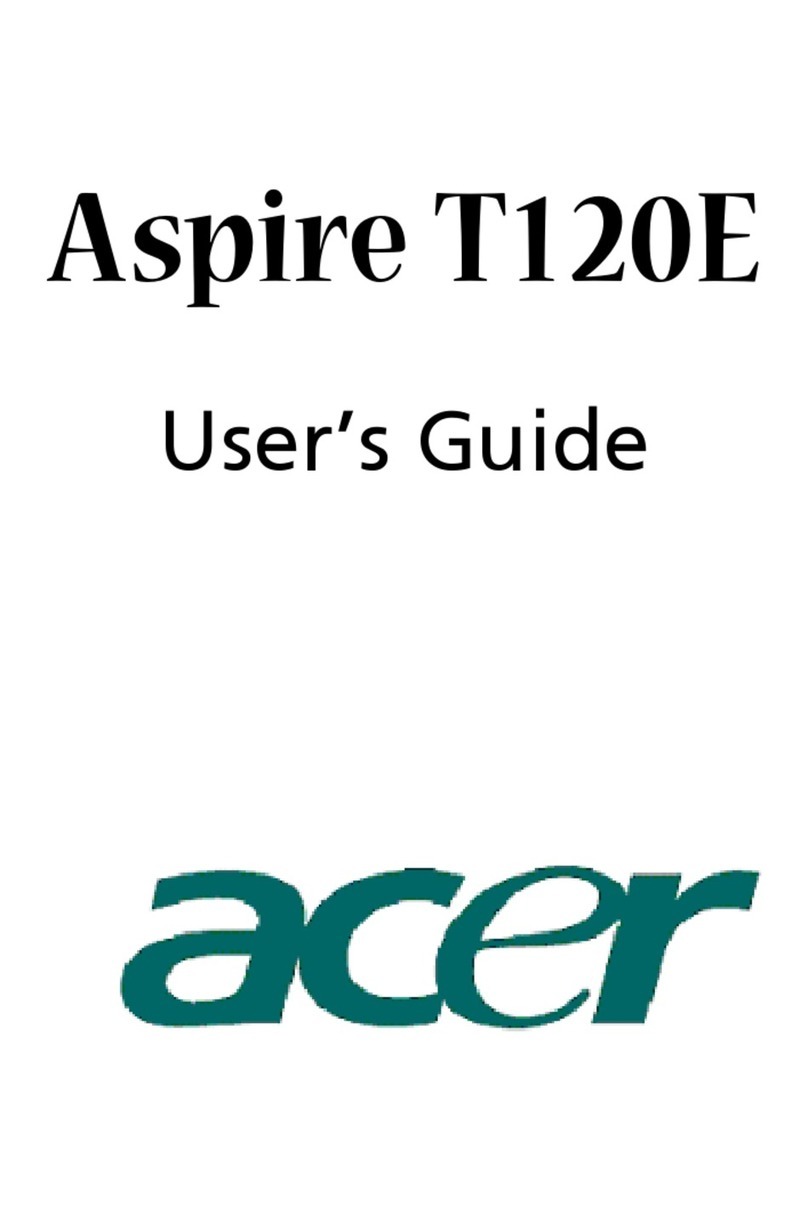Acer Aspire M5811 User manual
Other Acer Desktop manuals

Acer
Acer Veriton Z4860G User manual

Acer
Acer Altos G610 User manual
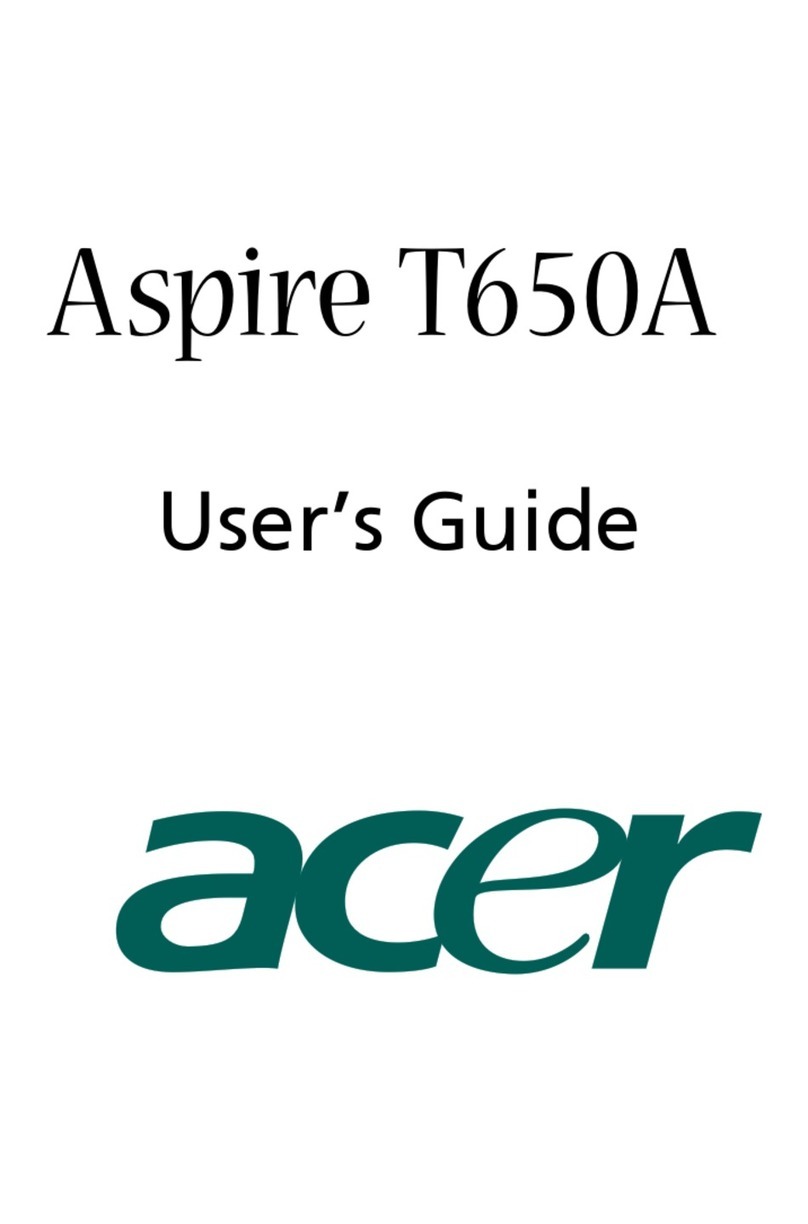
Acer
Acer Aspire T650A User manual
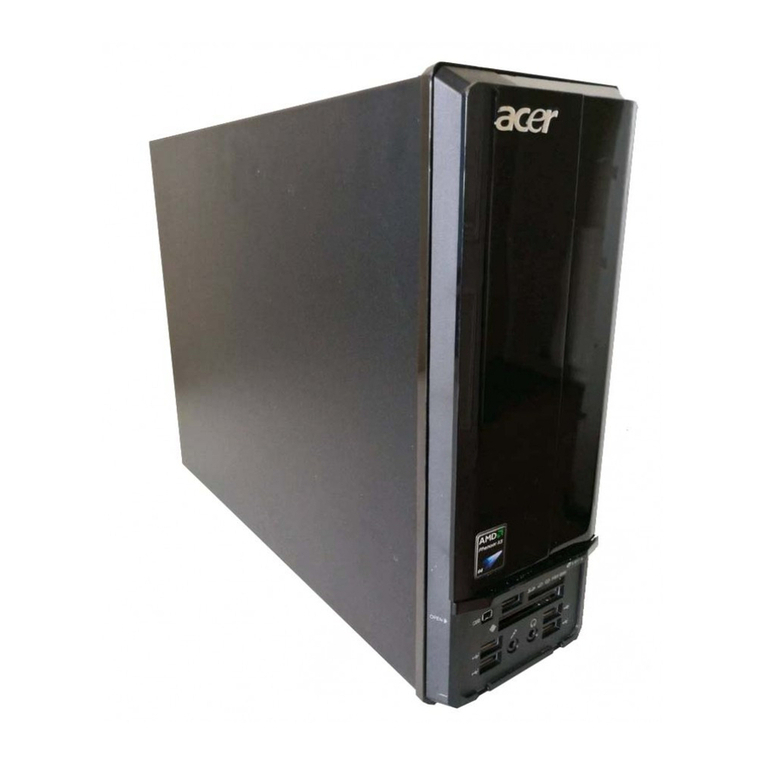
Acer
Acer Aspire X1301 User manual

Acer
Acer Aspire Z5600 Series Instruction sheet

Acer
Acer Power Sx User manual

Acer
Acer Aspire A3-600 User manual
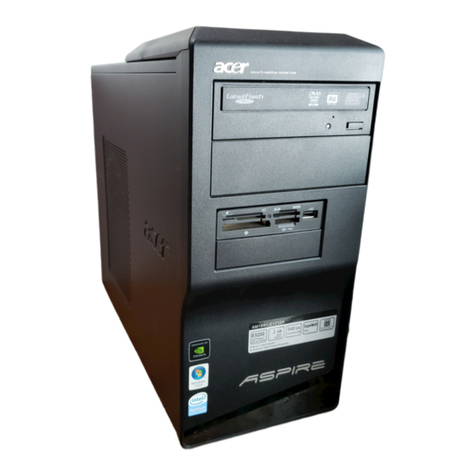
Acer
Acer Aspire M3201 User manual
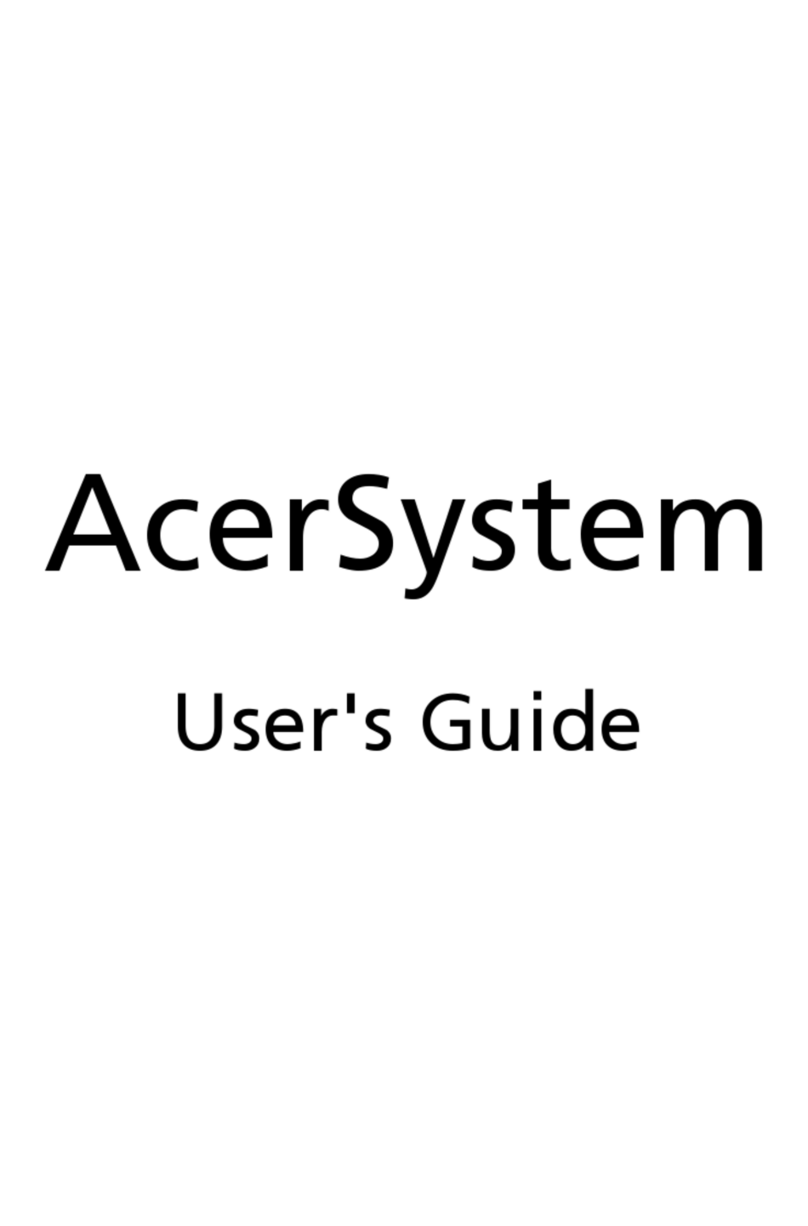
Acer
Acer Aspire X1600 User manual
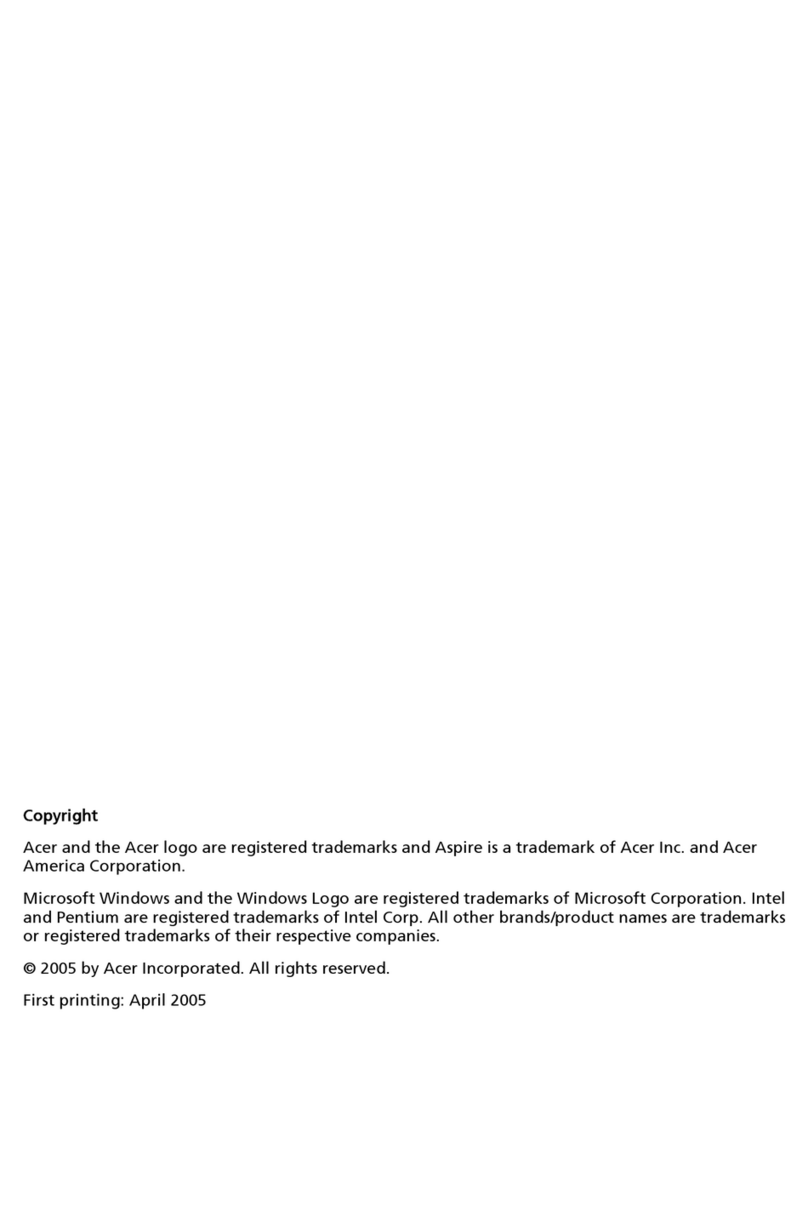
Acer
Acer ASE360-U-A3503 User manual

Acer
Acer AcerPower F2b Configuration guide

Acer
Acer Aspire 6200 User manual

Acer
Acer AcerPower 6500 User manual

Acer
Acer Aspire Notebook Series User manual

Acer
Acer AcerPower M4 User manual
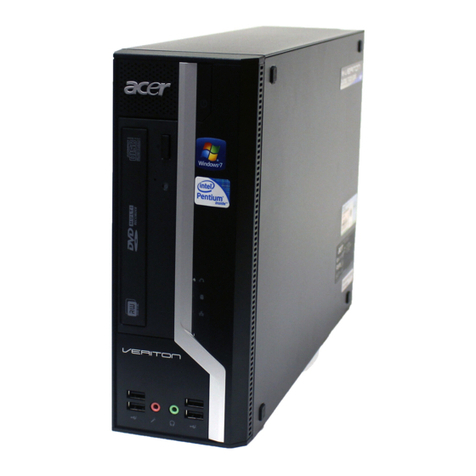
Acer
Acer Veriton X480G User manual
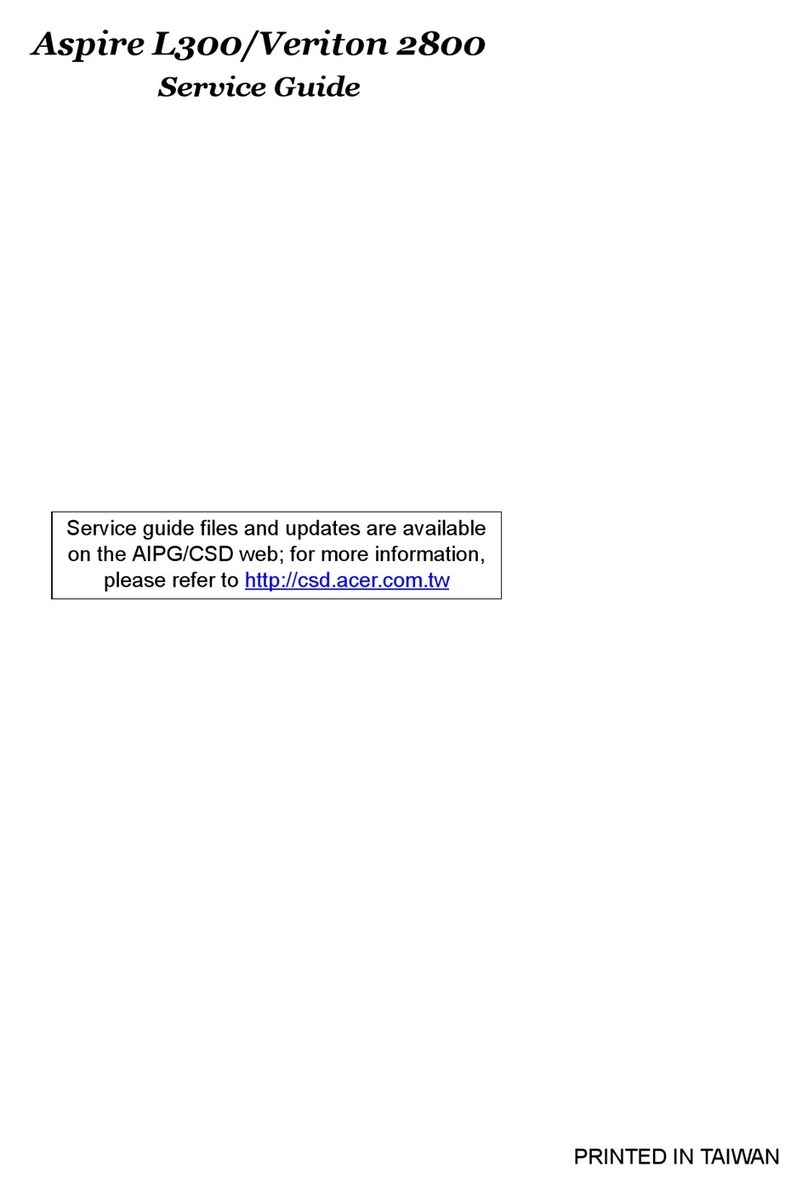
Acer
Acer Veriton 2800 User manual

Acer
Acer Veriton X275 User manual

Acer
Acer AX1400 User manual

Acer
Acer Aspire TC-895 User manual
